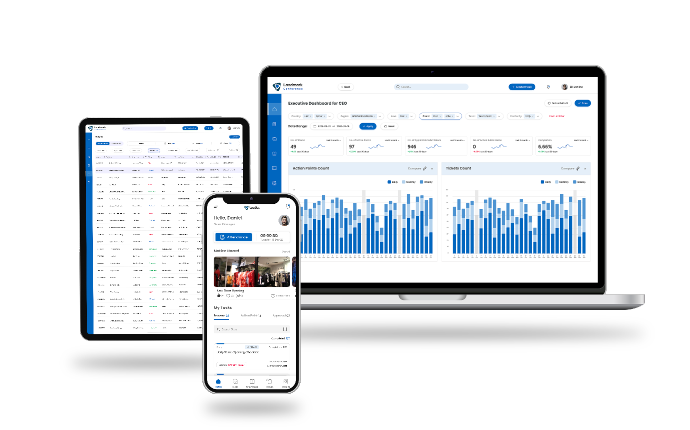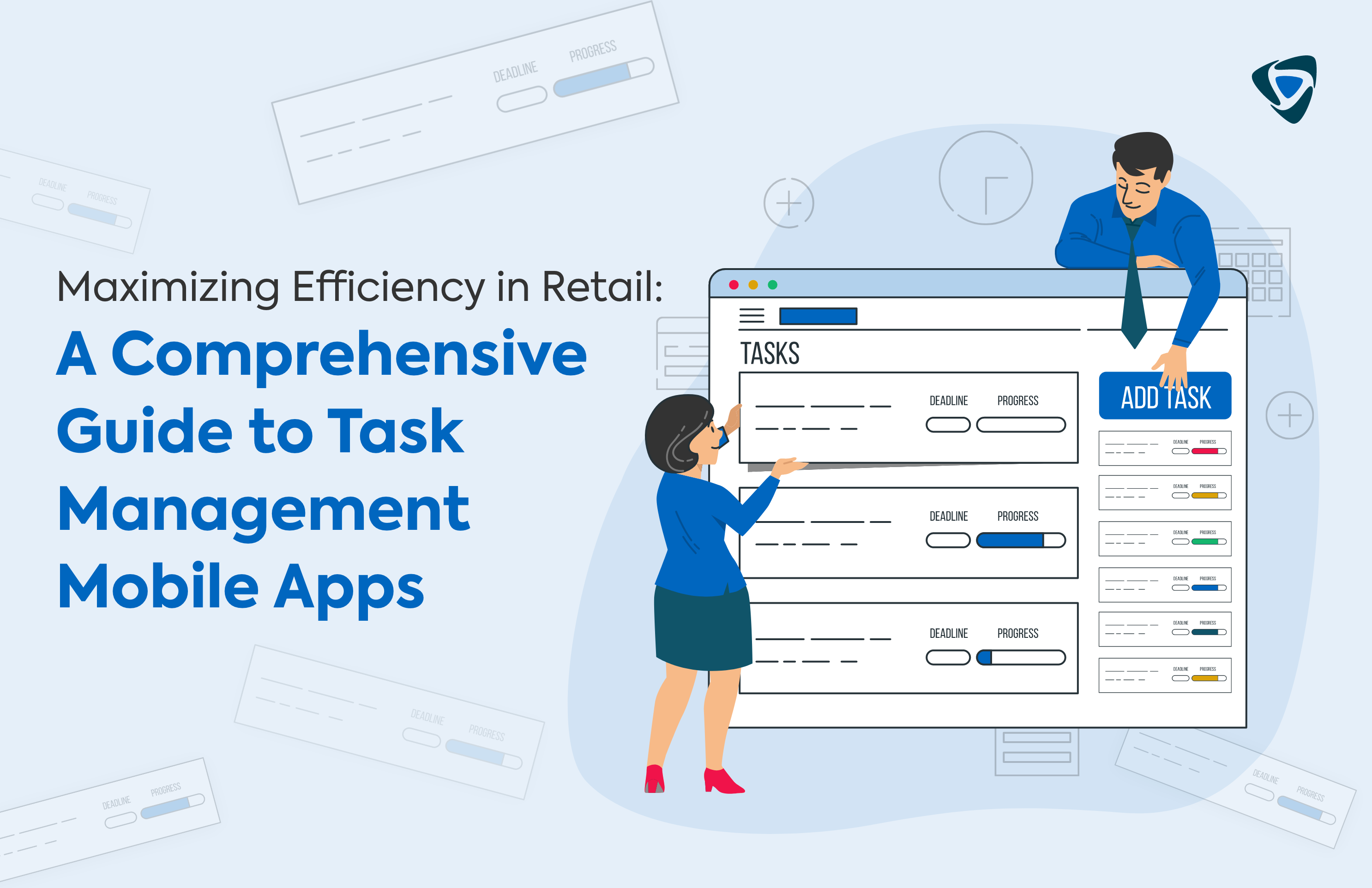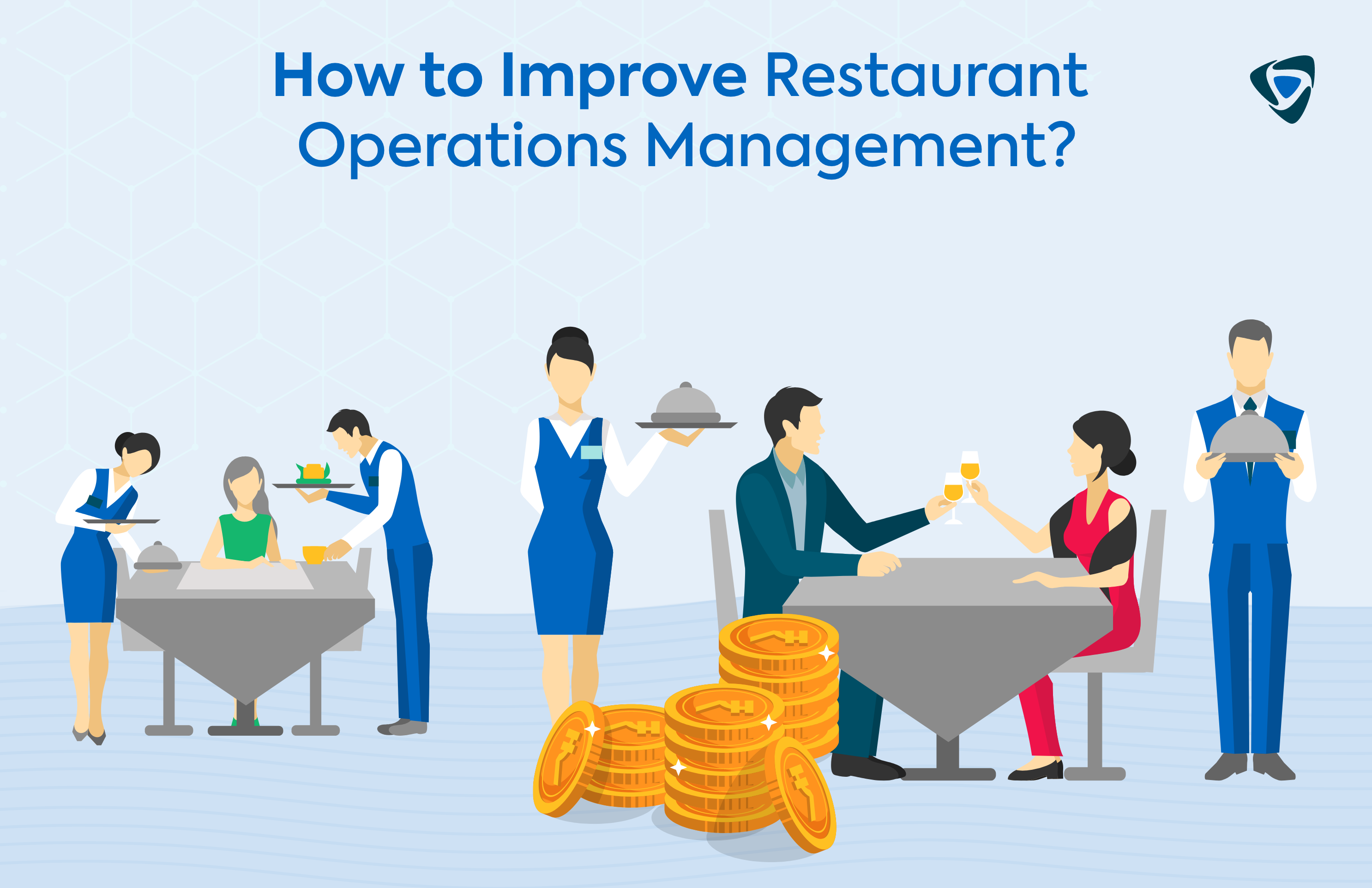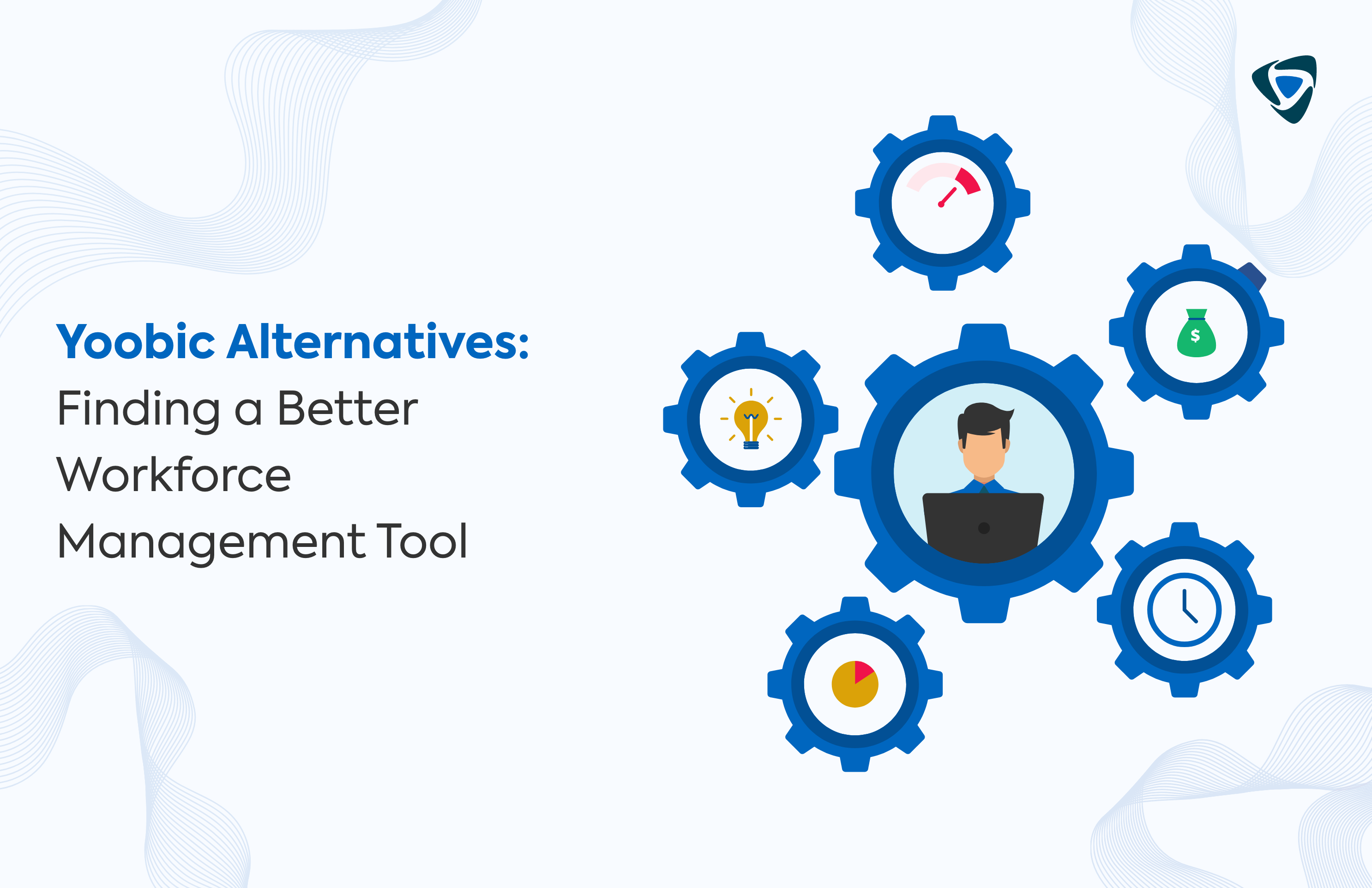Guide
The Future of Retail Operation Management: Trends to Watch in 2024 and Beyond
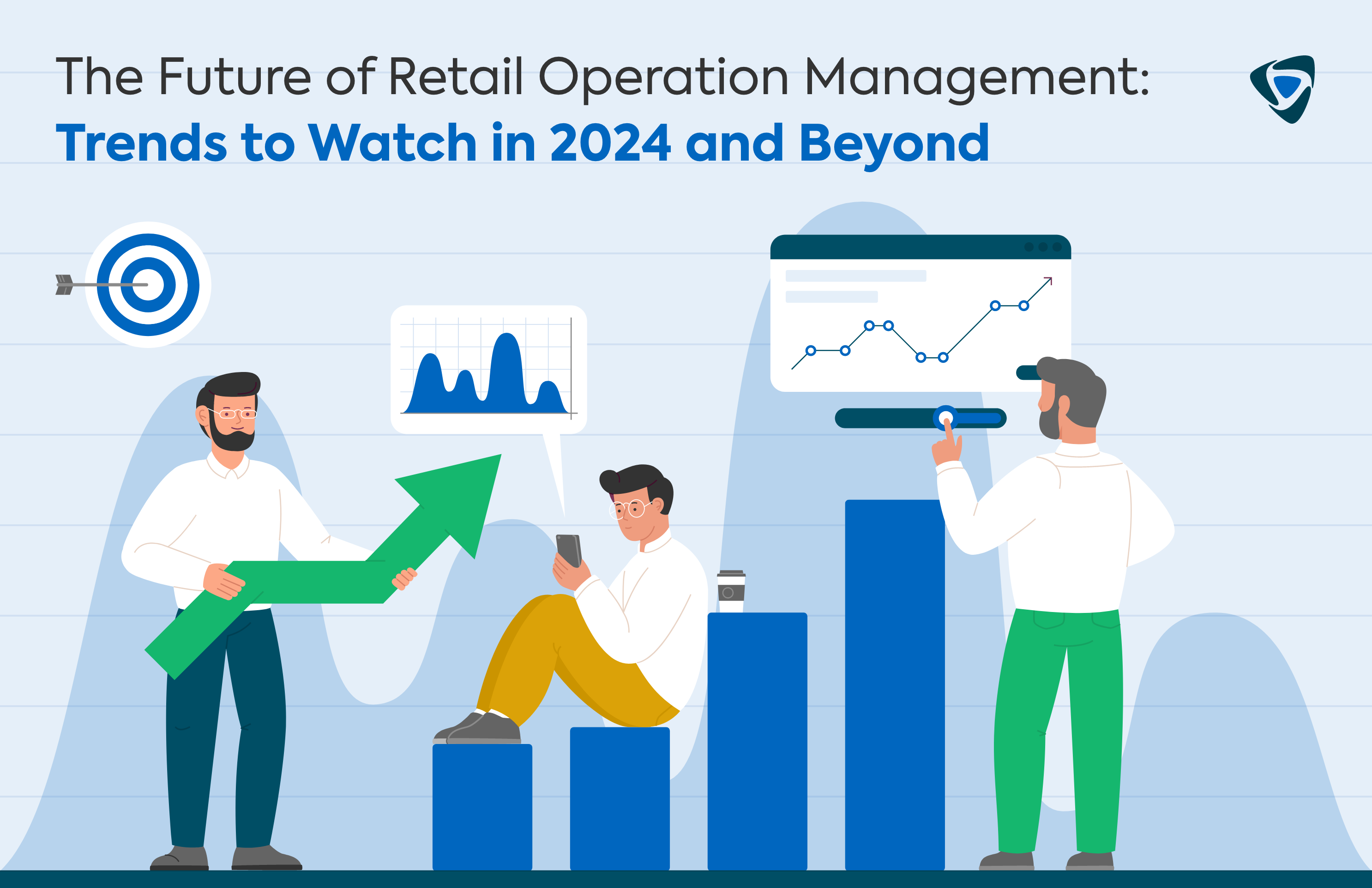
Have you ever wondered how the ideal outfit ends up in your virtual shopping basket before you can even imagine it? Or how does your caffeine-infused morning cappuccino appear on your doorway like a paper cup genie? Retail operation management is the unseen master leading the music of your purchasing wants; magic is not the solution.
It’s data detectives forecasting your next craving, AI whispering product recommendations, and logistical ninjas teleporting products. We’re talking about seamless, personalized, tailored experiences here—forget dingy stockrooms and awkward cash registers. Incorporating data analytics in retail operations goes beyond assisting customers to make well-informed decisions; it can help double the company’s profits. Using data analytics, companies can report 115% increased ROI and 93% increased profits, as per a recent survey by McKinsey.
Impact of technological advancements on retail operations
The new wave of technological developments is changing every area of operations within the retail industry, leading to an enormous change in the retail business. These cutting-edge technologies have the power to unlock previously unheard-of levels of efficiency, personalization, and engagement, from anticipating client behavior to streamlining inventory control. Here are the different technologies that are changing retail operations.
Embracing AI and Big Data
Imagine a world in which retailers are aware of your wants before you ever enter. That’s the power of big data and artificial intelligence (AI), which is quickly changing the retail industry. By utilizing past sales information, consumer profiles, and current patterns, AI systems can precisely project future demand, lowering the possibility of overstocking or stockouts. In addition to improving inventory management, this frees up resources for other important duties.
AI is capable of analyzing consumer information to create tailored advertisements, product suggestions, and even store designs. Customers are more satisfied and loyal as a result of the more interesting and relevant buying experience this produces. Employees may focus on higher-value work by using AI to automate repetitive processes like data entry and handling bills. Data-driven decision-making in areas like pricing, hiring, and marketing can also be facilitated through AI-powered data.
Internet of Things (IoT) in retail
Retail is one industry that is experiencing a transformation in response to the Internet of Things (IoT). IoT is building an intelligent device network that collects data and delivers insights in real time by linking anything from smart mirrors to shopping carts to shelves. IoT is making progress in many areas.
- Smart inventory management: Sensor-equipped smart shelves can monitor the status of products in real-time. They may automatically place orders for restocking when inventory falls below a threshold that has been set. As a result, stockouts are less likely, and human inventory counts are no longer necessary.
- Frictionless shopping: Picture entering a store, getting what you need, and then leaving without ever having to stand in line. Cashier less stores claim to do just that. They track consumer purchases and charge them automatically as they depart using cameras and Internet of Things sensors.
- Personalized in-store experiences: Intelligent mirrors can recognize a customer’s size and style preferences and make recommendations for possible fits in clothing. To save clients from having to change clothes physically, they can also provide virtual try-on experiences.
Navigating the eCommerce growth and omnichannel retailing
These days, physical shops are not the only way for consumers to buy. An entirely new strategy for retail operations, known as omnichannel retailing, is required due to the explosive growth of eCommerce, which has blurred the boundaries between online and physical buying. Let’s explore this multi-channel environment and the benefits and problems that come with the e-commerce boom.
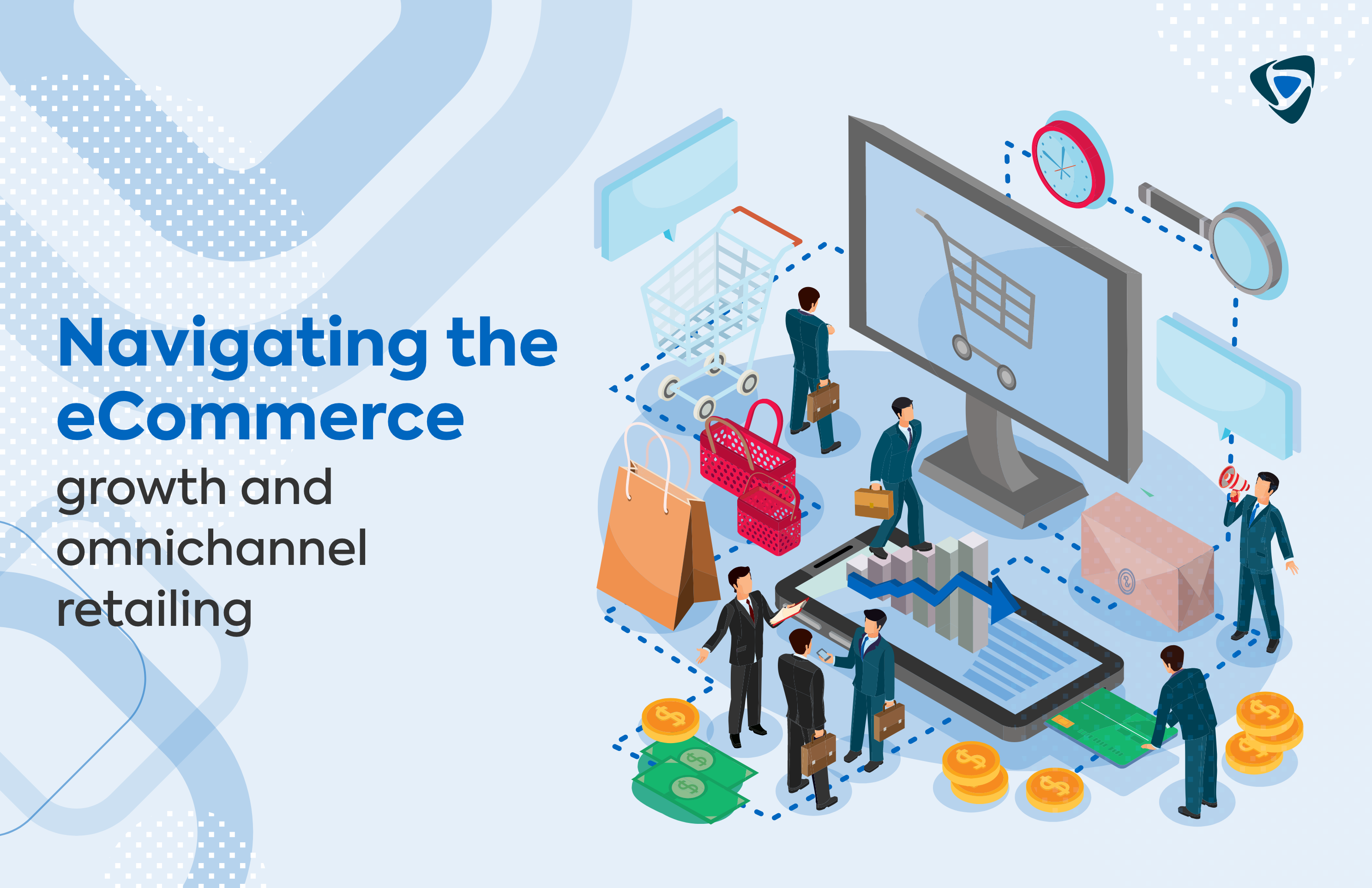
The eCommerce explosion
eCommerce is becoming a natural force, not just a passing trend. Online platforms are becoming more and more popular among consumers who want easy, customized buying experiences. The following significant figures illustrate the growth of eCommerce:
With an amazing growth rate of 12.9%, it is expected that global e-commerce sales will reach $5.5 trillion by 2025, as per Statista’s report. Also, 71% of users make purchases on their smartphones, demonstrating the surge in mobile commerce as per the same report.
Social media sites like Instagram and TikTok are driving substantial purchases, demonstrating the growing strength of social media as an eCommerce strategy. The rise of eCommerce has important ramifications for retail operations. Conventional shops must modify their approaches to accommodate virtual consumers without compromising the in-store client experience.
Challenges and opportunities in omnichannel retailing
The approach of merging online and offline channels to give a unified customer experience, known as omnichannel retailing, poses both obstacles and opportunities. Let’s understand the challenges.
- Inventory management: It is not easy to keep track of supplies across many channels, which calls for reliable inventory management solutions.
- Organizing logistics and fulfilment: It is not easy to handle both in-store fulfilment and the prompt and effective delivery of online purchases. Data integration is essential but can be technically challenging. It involves combining information from online and offline sources to obtain a comprehensive understanding of client behaviour and preferences.
- Customer experience: It’s important to give customers a uniform, frictionless experience across all channels, yet doing so can be difficult.
On the other side, omnichannel retailing presents upcoming opportunities.
- Expand your audience: eCommerce helps you access new markets and client groups by extending your reach beyond traditional retail locations.
- Personalized experiences: Retailers may get deeper insights into their customers and tailor promotions and marketing across channels by merging data from online and offline sources. Increasing customer involvement and revenue might result from providing a variety of shopping channels.
- Operational efficiency: Integrating online and offline activities can expedite processes and decrease expenses. Retailers may prosper in the dynamic environment of e-commerce and multi-channel retailing by skillfully managing the difficulties and seizing the opportunities.
Sustainability as a pillar in retail operations
Sustainability is becoming more than just a “nice to have” for merchants in a world where people are growing more conscious of social and environmental issues. Rather, it is becoming a crucial component of profitable businesses. More environmentally friendly solutions are in high demand from customers. Retailers are embracing this trend for the benefit of both the environment and their business line.
Adopting Sustainability Technologies
Technology is a key factor in retail sustainability. The following significant developments are making a difference.
- Renewable energy: Adding solar panels, wind turbines, or other renewable energy sources can help a retail establishment lower its carbon footprint greatly.
- Energy-efficient systems: Adding appliances that are energy-efficient, electronic thermostats, and LED lighting can all help reduce the consumption of energy.
- Automated energy management: Smart systems that regulate lighting, heating, and cooling depending on occupancy and weather can help to save energy.
- Digitalization: Replacing paper receipts with digital alternatives and optimizing back-office procedures can help to minimize paper waste and its accompanying environmental effects.
Putting green practices into operations
Beyond technology, it’s critical to integrate green practices into every facet of business operations.
- Sustainable sourcing: Retailers need to collaborate with suppliers who value sustainable practices and responsible material sourcing.
- Waste reduction and recycling: It is crucial to have strong waste management systems in place to reduce waste production and optimize recycling efforts.
Enhancing customer experiences through personalization
Consumers desire customization; they want experiences that are tailored to their requirements and tastes. Sensible consumers of today want merchants to take into account their unique tastes and provide suggestions, exclusive offers, and even in-store experiences.
The Rise of Personalized Shopping
Personalized shopping is on the rise as companies that are growing faster drive around 40% of their revenue through personalized shopping as compared to companies that are growing, as per one McKinsey report. Let’s understand why there is an increase in this trend.
- Enhanced customer satisfaction and loyalty: Clients are more likely to be pleased with their experience and return for more when they feel heard and taken care of.
- Increased conversion rates: Customers are more likely to respond favourably to personalized offers and suggestions, which increases the likelihood that they will make a purchase.
- Increased brand loyalty: Personalization creates a stronger bond between consumers and brands.
Data Analytics and CRM in retail
Data analytics is the driving force behind the surge in personalized shopping. Here is how data analytics and CRM assist retail companies in doubling their profits.
- Compiling data: A comprehensive picture of every customer’s preferences and buying behaviours may be obtained from past purchases, browsing histories, website visits, and even social media interactions.
- Targeting and segmentation: Shoppers may provide tailored product suggestions, marketing efforts, and even shop layouts by dividing their consumer base into groups according to their traits and behaviours.
- Providing dynamic content and pricing: Using specific user data, sophisticated algorithms may dynamically adjust website content, product suggestions, and even price.
- Enabling CRM integration: Sturdy CRM platforms provide efficient management of customer connections by enabling tailored marketing campaigns, loyalty schemes, and personalized communications.
Innovation in supply chain management
Even the most effective supply networks must change in a world where people are fixated on quick satisfaction and constantly changing technology. Let’s explore some cutting-edge technologies that are transforming how we oversee the foundation of business.
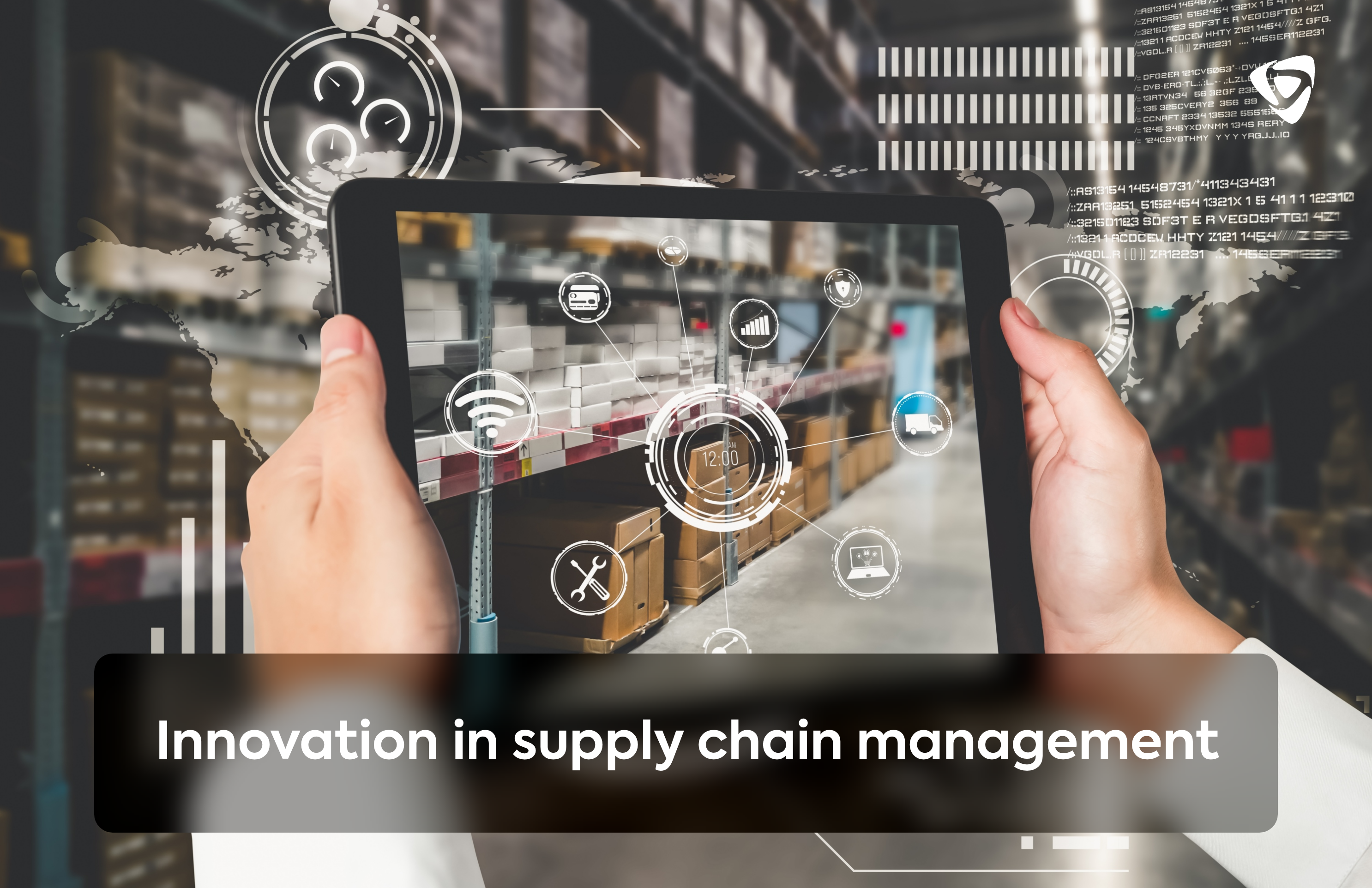
Smart logistics and drone deliveries
Bid farewell to rigid, paper-based logistics. Smart logistics is the way of the future, where every choice is based on real-time data. Companies like Tesla and Volvo are currently working on the development of self-driving trucks, which would be autonomous vehicles that could navigate roads, optimize routes, and save fuel.
Robots for warehouses have put an end to physical labor and forklifts. Orders are picked and packed quickly and precisely by autonomous robots that roam warehouses with efficiency. Robots and warehouses aren’t the only things involved.
Literally, drone deliveries are getting off. Imagine requesting groceries and having a drone deliver them in a matter of minutes or obtaining emergency medical supplies in far-off places. Drone delivery systems are now being tested and used by businesses, including Amazon, UPS, and Zipline.
Future Prospects in Supply Chain Management
These are but the very beginning of the matter. There are countless opportunities for supply chain management in the future.
- Blockchain for transparency: This safe, decentralized ledger system can monitor each stage of a product’s lifecycle, guaranteeing ethical sources and fostering customer confidence.
- Using 3D printing for regional production: Printing replacement components on demand regionally cuts down shipping expenses and environmental effects. Besides, manufacturing specialized goods makes it easier to ship to customers at cost-effective costs because the products are printed near consumers.
Retail solutions automated for efficiencies
The insatiable quest for efficiency and individualized experiences is changing the gears in the retail industry. Every aspect of a business is prime for optimization in this age of automation, from the checkout line to the stockroom. Let us examine how automation is changing the retail industry and how it affects important areas such as pricing tactics, inventory management, and customer service.
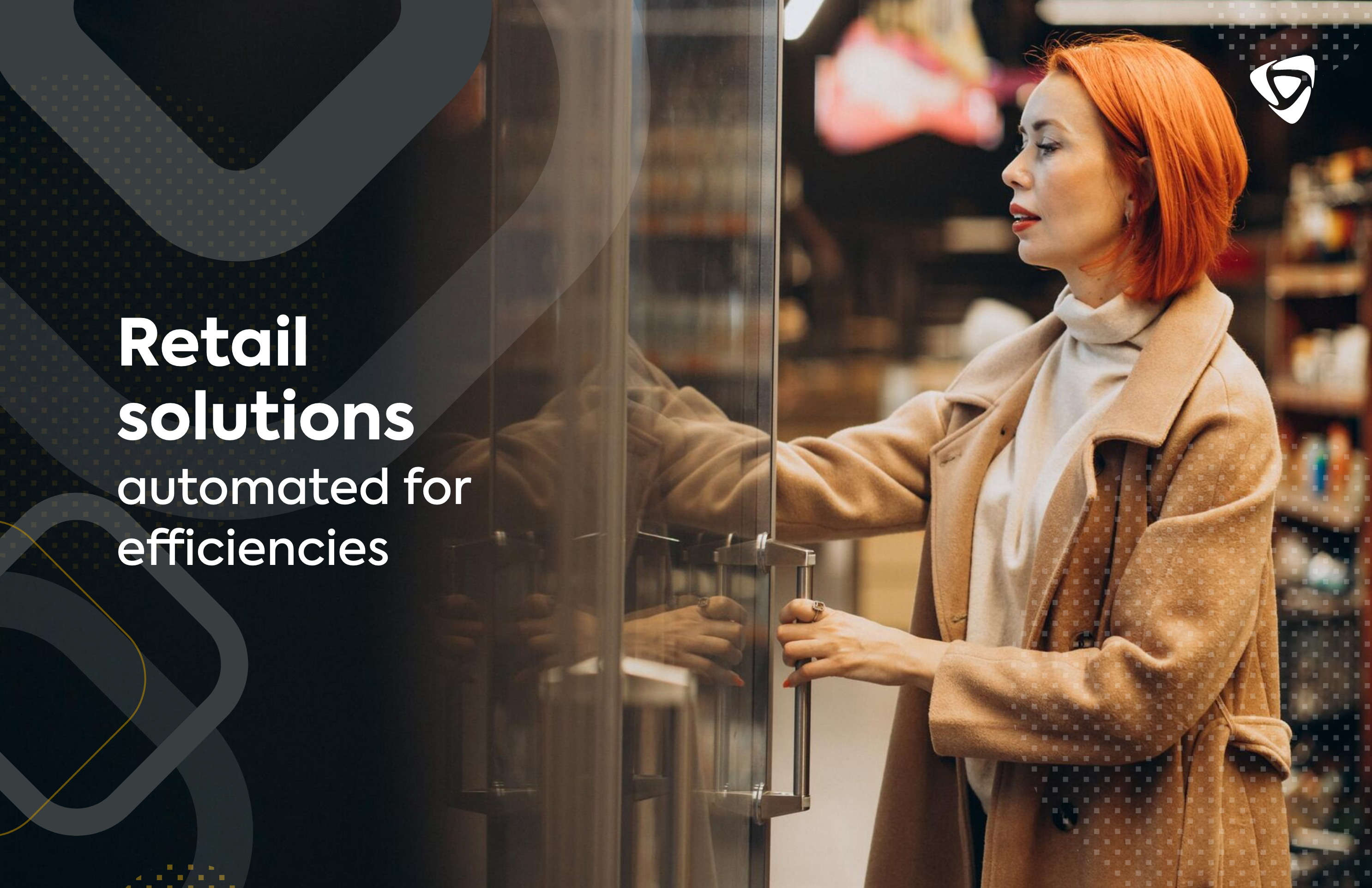
Inventory Management Automated
Goodbye, manual stock counts and dingy spreadsheets. With the use of sensors and real-time data processing, automated inventory management systems may prevent mistakes and stockouts by providing precise stock levels, demand forecasts, and automatic reordering.
Pricing Strategies and Customer Service Automation
Automation improves price strategies by using dynamic pricing depending on demand and consumer preferences, AI-powered chatbots, and self-checkout kiosks to speed up customer service. Personalized suggestions driven by cutting-edge algorithms increase revenue and satisfy customers even more.
Data security and privacy in retail
In today’s retail world, data is essential for personalization and business expansion. However, enormous power also entails considerable responsibility. Data breaches have the potential to be disastrous, eroding confidence, harming reputations, and drawing harsh legal repercussions.
Bite-Size Breaches: The Devastating Repercussions
Consider the possibility of consumer credit cards, private information, and purchase history being made public. A data breach can have far-reaching consequences. It is possible to lose millions. For instance, the typical expense of a data breach is an astounding USD 4.45 million in 2023, as per IBM report. 21% of customers never return to a business after a security breach, as per PCI Pal report.
Strategies for Robust Data Protection
There are many strategies to protect the data in the retail industry.
- Data lifecycle management is a core component of data protection strategy as it is a framework which standardizes data processes in the organization.
- A data protection strategy should be implemented to protect the data and mitigate the risks.
- It is essential to invest in data backup and recovery measures to restore your data in case a disaster occurs.
- Businesses can implement measures like data encryption, antivirus software, and access management software to protect their data from attackers.
Case Studies
After discussing the fascinating patterns influencing how retail operations will develop in the future, let’s apply theory to actual businesses by looking at how these concepts are being implemented.
An eco-retail revolution in sustainability: Patagonia’s story of success
The massive outdoor clothing company Patagonia sells more than just gear—it also sells a dedication to environmental sustainability. Their accomplishment in adopting sustainable practices provides other merchants with insightful information. With its Worn Wear initiative, Patagonia prolongs the life of its products and cuts waste by mending and reselling worn apparel.
Throughout the supply chain, the firm minimizes its environmental effects by giving priority to organic and recycled products. By being transparent about their sustainability journey, Patagonia inspires customers and changes industry norms. Patagonia has demonstrated that sustainability can be lucrative and ethical by continuously seeing high sales and a high level of consumer loyalty.
Gap Inc.’s technology-driven revolution: Surmounting digital obstacles
Known for well-known brands like Old Navy and Athleta, Gap Inc. has trouble adjusting to the world of online shopping. Nonetheless, other shops traversing comparable terrain can benefit from their strategic endeavours by
- Enhancing curbside pickup and ship-to-store options, along with implementing integrated online and in-store buying experiences, and increased customer convenience.
- Using consumer data to provide tailored product suggestions and targeted promotions both online and in real places.
- Online sales and brand recognition were increased through influencer partnerships and the integration of social media channels like Instagram Shopping.
By adopting new technology and emphasizing customer-centric experiences, Gap Inc.’s story demonstrates that even well-established businesses can effectively navigate digital challenges.
Wrapping up,
The retail environment is changing from well-known shops to a constantly changing mixture of sustainability, automation, and customization. With the emergence of AI-powered logistics, data-driven suggestions, and environmentally friendly behaviours, all of these trends lead to a future in which technology enhances human interaction rather than takes it over.
Remember that the future of retail is a blank that we must jointly create; it cannot be predicted. Thus, let’s embrace innovation, sustainability, and customer-centricity in creating a retail masterpiece that will endure for many years.
 Schedule A Demo
Schedule A Demo 


